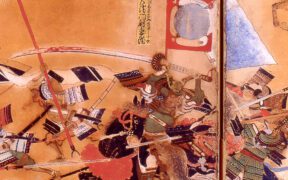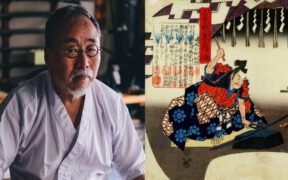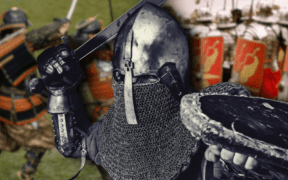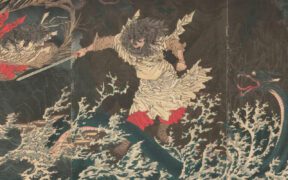Japan’s 13 Greatest Samurais and Swordsmen
NO AI USED This Article has been written and edited by our team with no help of the AI
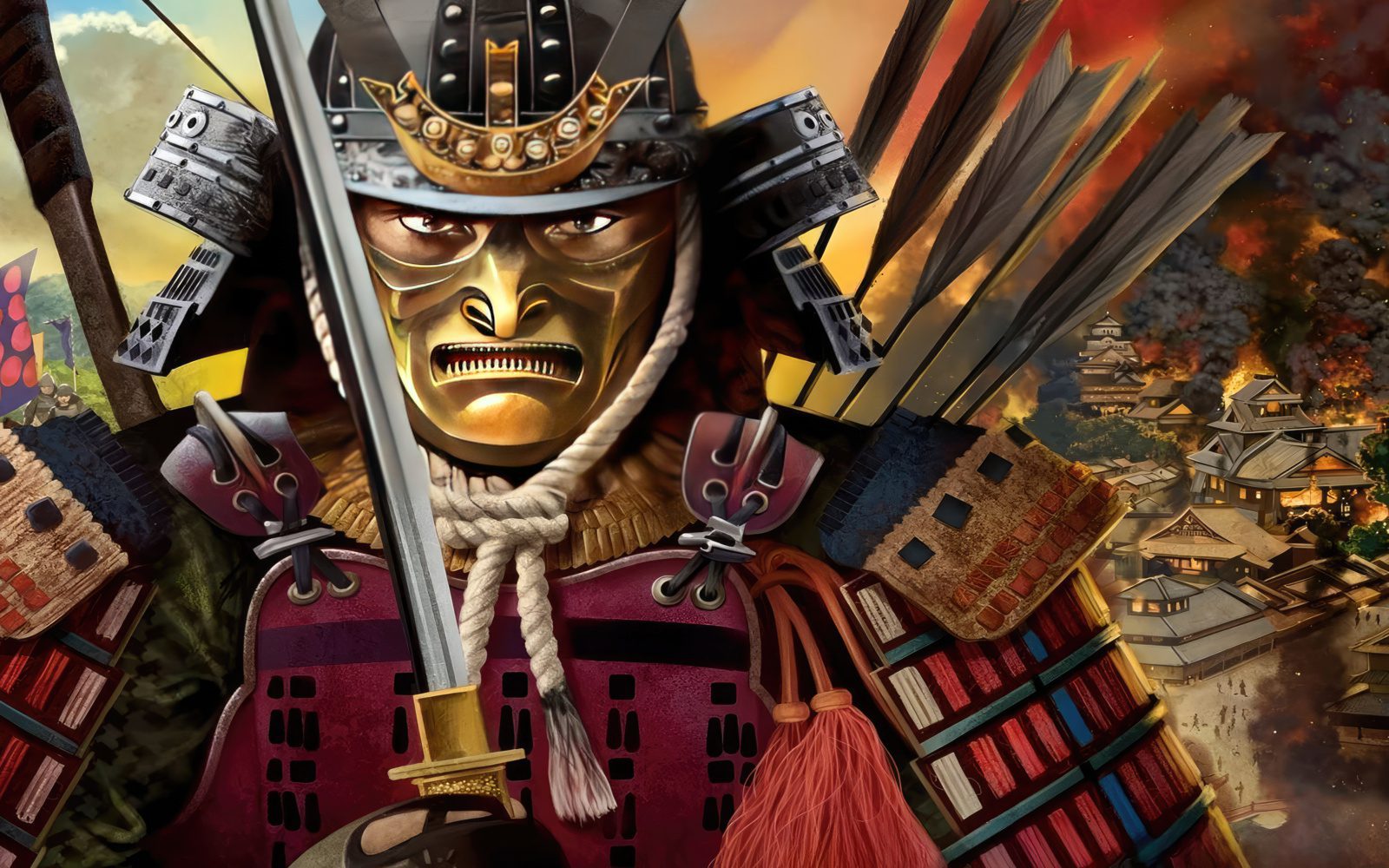
Discipline. Valor. Honor. Dauntless bravery. These virtues define the samurai, some of the most respected warriors in military history. For many of these warriors, death was preferable to the humiliation of being captured by the enemy.
From the 10th and 11th centuries up to the warring states period of the 16th century Sengoku Jidai, Japan’s rich history has given rise to extraordinary samurai. This article delves into 13 of the greatest samurai, who were also brilliant military commanders—including those with the most duels won, unifiers of Japan, and those with a lasting legacy.
13. Kusunoki Masashige (1294 – 1334)
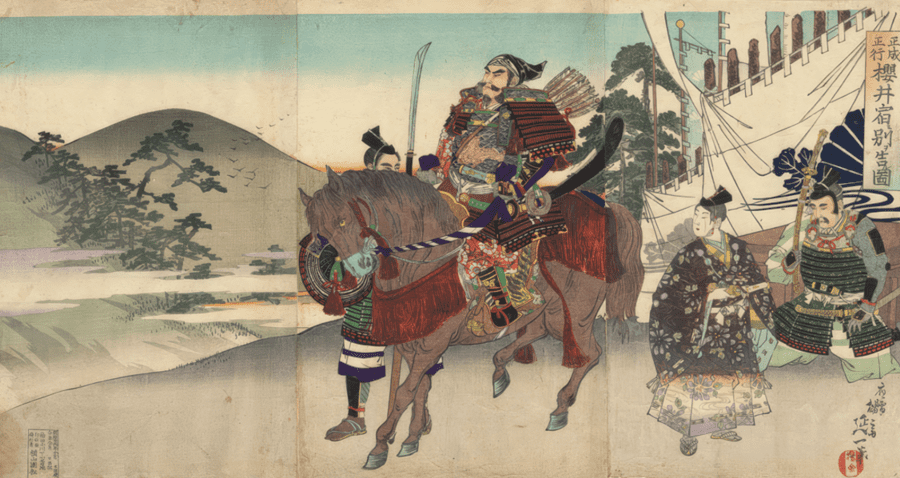
Kusunoki Masashige is a samurai revered for his unwavering loyalty, exceptional battle prowess, and guerilla tactics such as collapsing walls and bridges and employing stealth and disguise.
Despite his short military career, Kusunoki’s final stand at the battle of Minatogawa cemented his place in history. Facing inevitable death, he fulfilled his emperor’s wish without surrendering to the enemy.
On Kusunoki’s martial prowess, Anthony Cummins says, “Kusunoki Masashige is considered the height of proper Samurai behavior… he used a lot of guerrilla tactics to defeat the enemies, such as collapsing bridges, collapsing walls, sneaking in and out of castles like a ninja, disguising himself or his troops as other people”.
12. Ashikaga Takauji (1305 -1358)
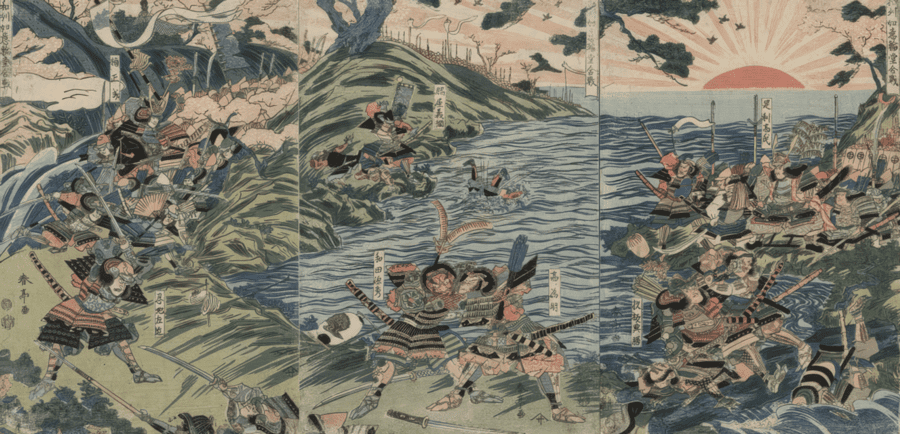
Ashikaga Takauji was a formidable samurai warrior and military commander who founded the Ashikaga shogunate, a feudal government that lasted for almost three centuries after facing many battles and even a civil war.
With the conclusion of the Genko War, suppression of the Nakasendai Rebellion, and defeating his enemy in the battles of Tatarahama and Minatogawa, he established his own rulership.
11. Kato Kiyomasa (1562 – 1612)
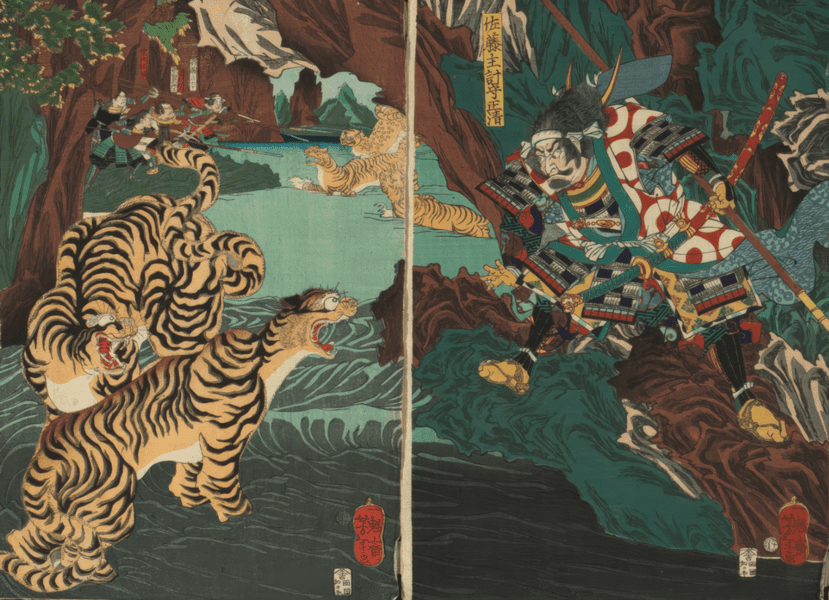
Kato Kiyomasa was an exceptional samurai warrior who began his military career at the age of 15, rising quickly through the ranks to become one of the Seven Spears of Shizugatake—a group of seven samurai known for their loyalty and bravery under Toyotomi Hideyoshi.
It is said that during the campaign in Korea, he hunted and wrestled tigers for sport or food. Aside from his great leadership in battle, he was also instrumental in building many of Japan’s castles.
10. Date Masamune (1567 – 1636)
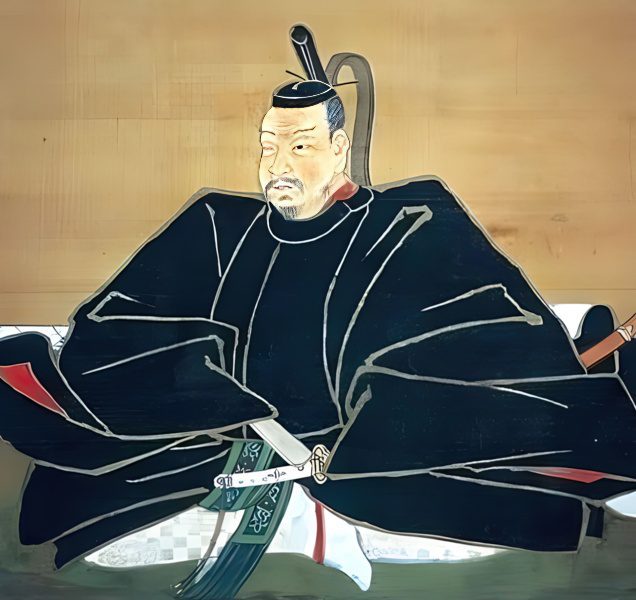
Date Masamune began his military career at the age of 14 and played a key role in the unification of Japan. Having lost an eye to smallpox, he was known as “The One-Eyed Dragon”, a characteristic which made him more intimidating to his enemies.
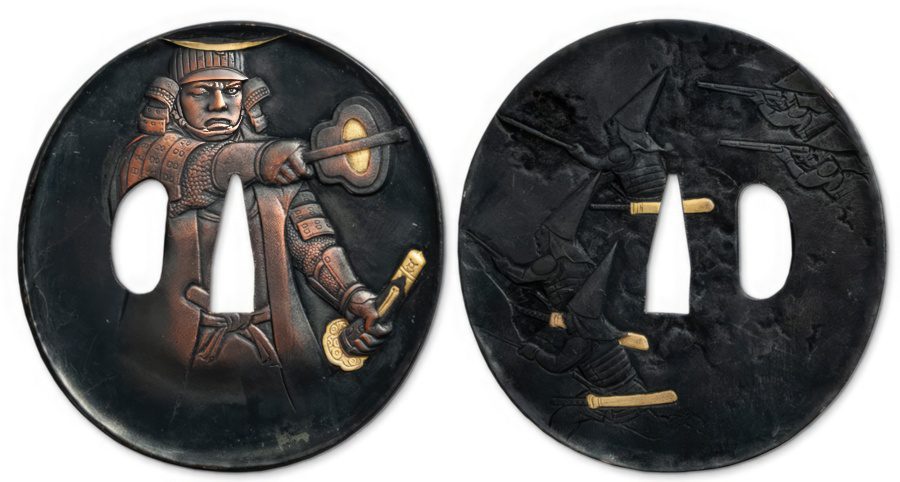
Although he secured many victories in great military battles, he was a powerful figure in northern Japan and is mostly remembered for serving samurai giants like Hideyoshi and Ieyasu.
9. Toyotomi Hideyoshi (1537 – 1598)
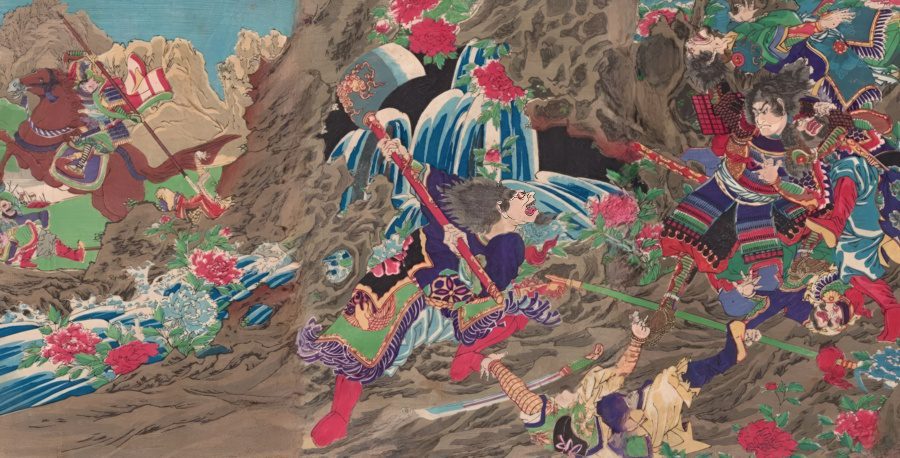
Toyotomi Hideyoshi is one of the most revered samurai due to his great leadership and ingenuity in battle. He served under Oda Nobunaga before rising to become the second great unifier of Japan.
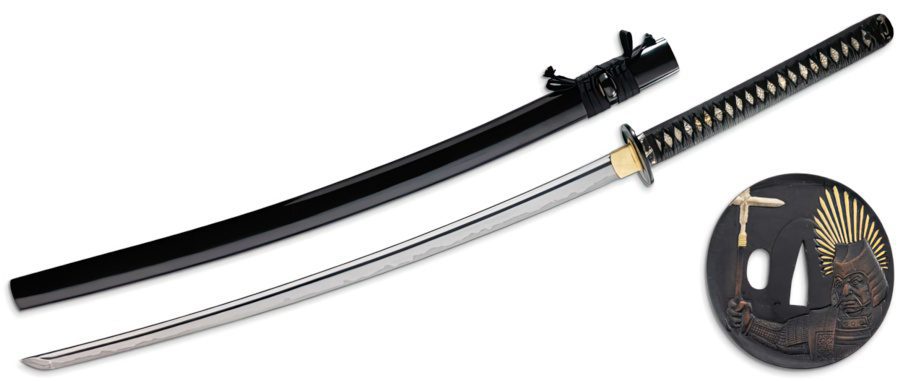
His conquests extended beyond Japan, including an attempt to conquer Korea. His legacy is linked to many legends, such as the overnight construction of Sunomata Castle, a symbol of his strategic genius.
8. Takeda Shingen (1521 – 1573)
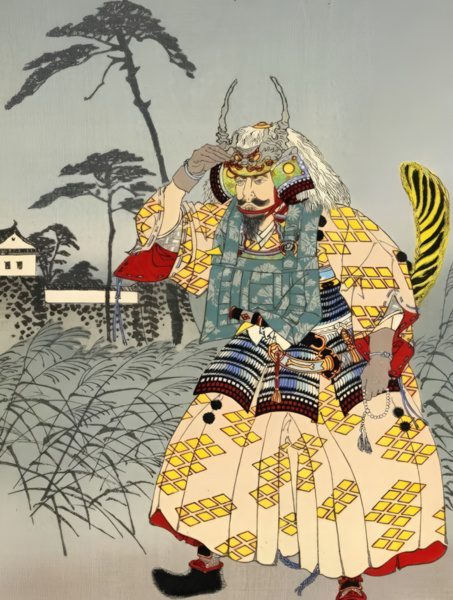
Takeda Shingen is one of the most powerful Japanese warriors. His military genius and strategic brilliance made him a formidable rival of other samurai warlords like Oda Nobunaga and Tokugawa Ieyasu.
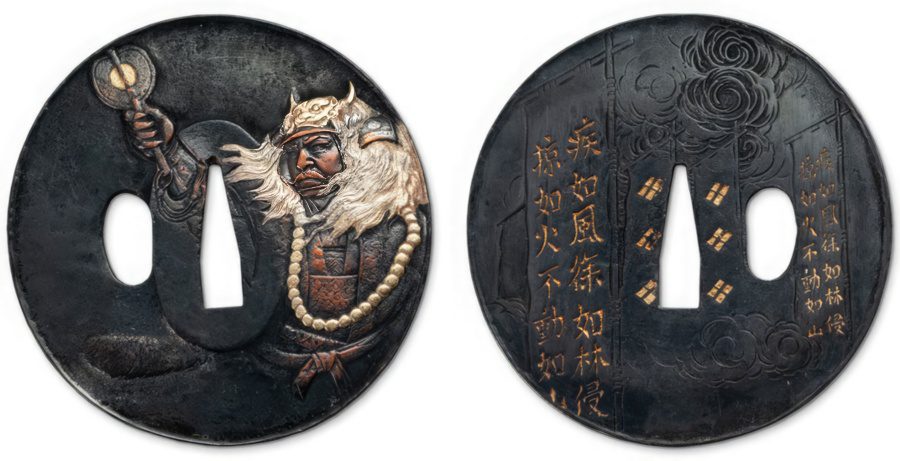
His famous motto, “fast as the wind, gentle as the forest, ferocious as fire, and immovable as a mountain” reflects his disciplined approach to warfare. He is also known as the “Tiger of Kai” for taking control of his province and ensuring the welfare of his clan.
7. Uesugi Kenshin (1530 – 1578)
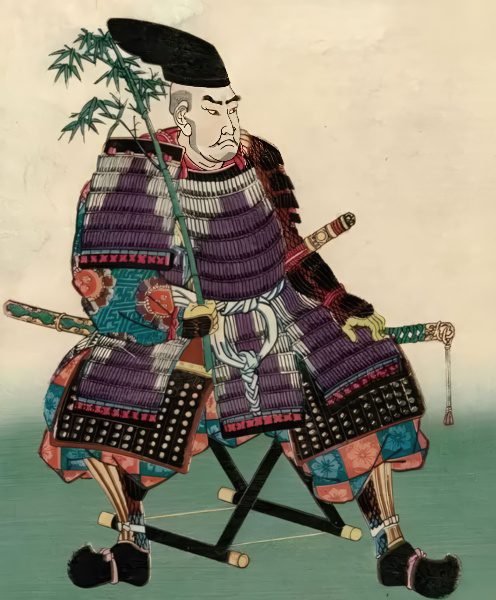
Uesugi Kenshin, sometimes known as the “Dragon of Echigo” and “The God of War,” was an exceptional samurai known for his battlefield prowess. His most famous battles are the Battle of Tedorigawa and the 4th Battle of Kawanakajima where he emerged victorious despite facing overwhelming odds, taking down titans such as Oda Nobunaga himself.
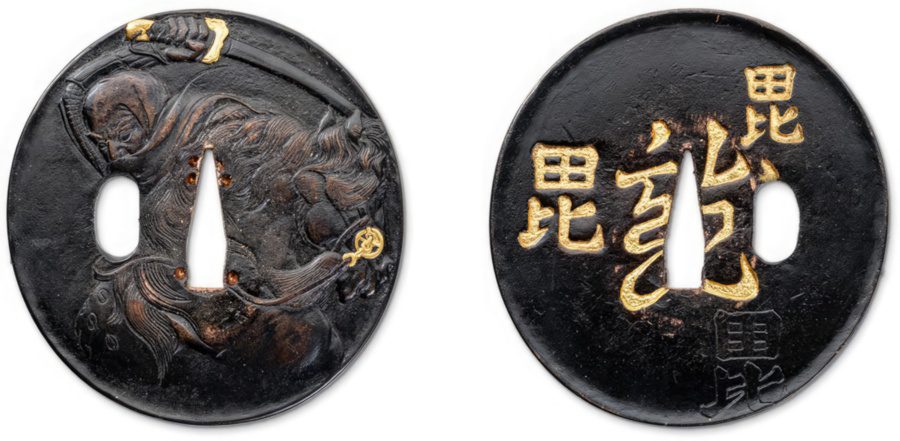
6. Tokugawa Ieyasu (1543 – 1616)
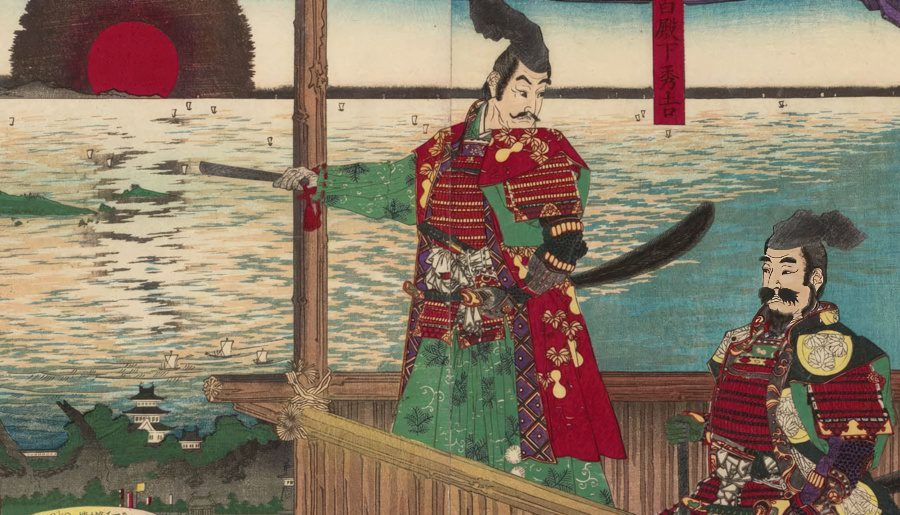
A titan in Japan’s history, Tokugawa Ieyasu started his journey from a turbulent childhood to becoming the founder of the Tokugawa Shogunate, a structure that ruled Japan for over 250 years. Even in the midst of a losing battle, he upheld the bushido code, demonstrating calmness and foresight.
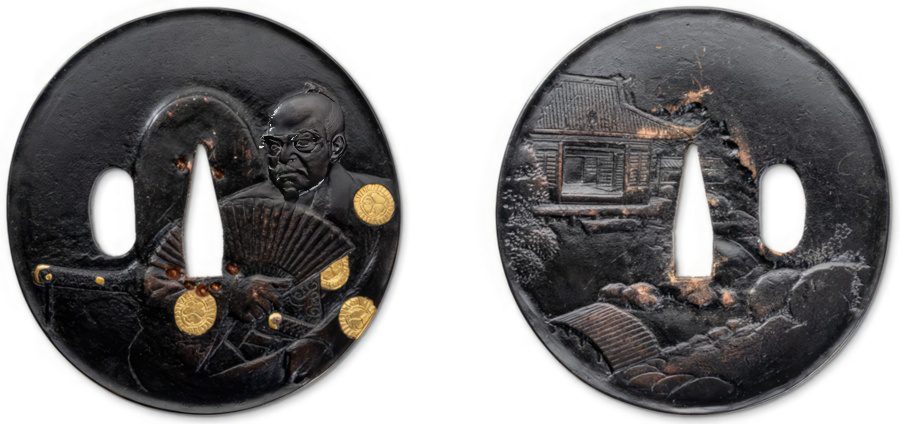
His military tactics secured victories at battles such as Sekigahara and Komaki-Nagakute, making him one of Japan’s crucial unifiers and establishing the Edo Period, one of the most peaceful eras in Japanese history.
5. Minamoto Yoshitsune (1159 – 1189)
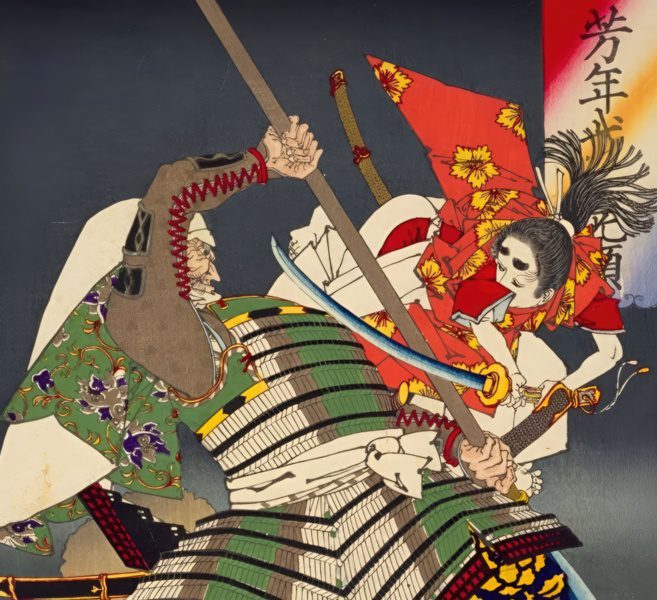
Minamoto Yoshitsune is a legendary samurai swordsman whose exploits included the defeat of the Taira clan at the battle of Dan-No-Ura.
He is also known for defeating Benkei, Japan’s powerful monk warrior, whom he defeated and gained as a loyal retainer. This duo would quickly rise through the ranks and establish their own rulership as well as their very own vassals and retainers.

His death is tragic, as he is forced to take his own life while Benkei died defending him.
4. Honda Tadakatsu (1548 – 1610)
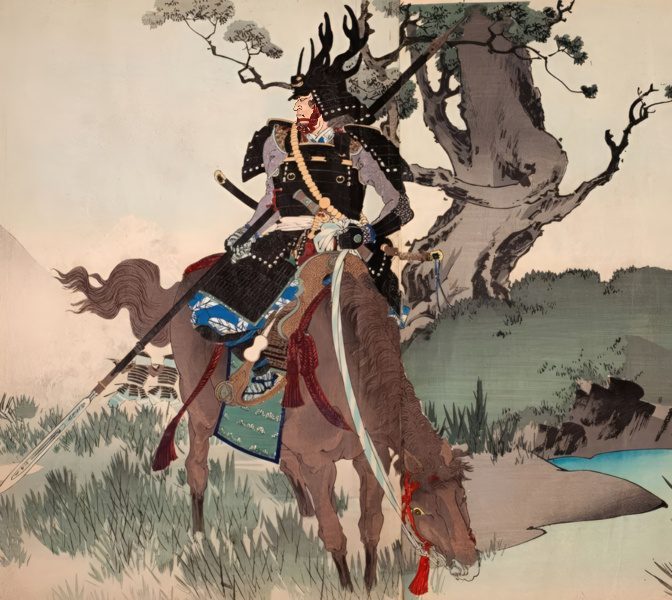
Honda Tadakatsu, or Heihachiro, was one of the greatest samurai swordsmen and generals under Tokugawa Ieyasu. Oda Nobunaga, one of the great Unifiers of Japan who experienced Honda’s fighting skills first hand was quoted to have said, “Tadakatsu’s bravery knows no bounds. He is a samurai among samurai, the Japanese Zhang Fei”.
He played a pivotal role in many massive battles, such as Okehazama, Anegawa, Mikatagahara, Nagashino, Komaki Nagakute, and Sekigahara.
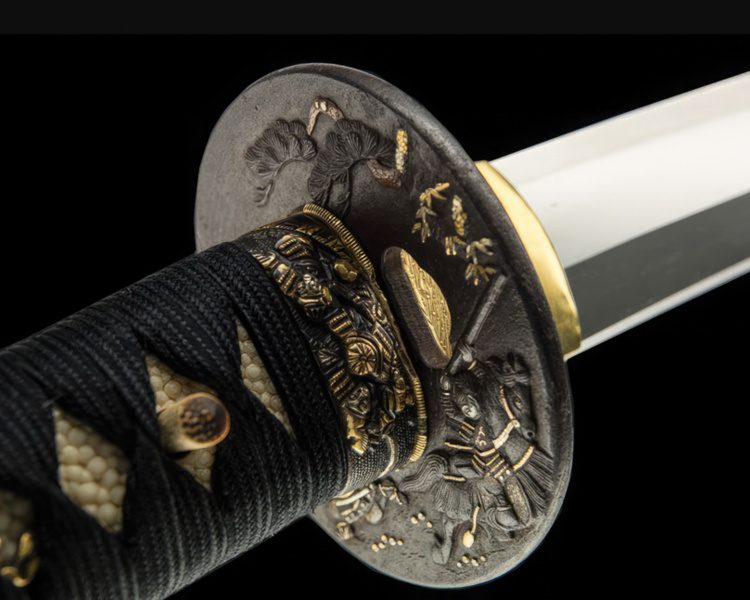
3. Sanada Yukimura (1567 – 1615)
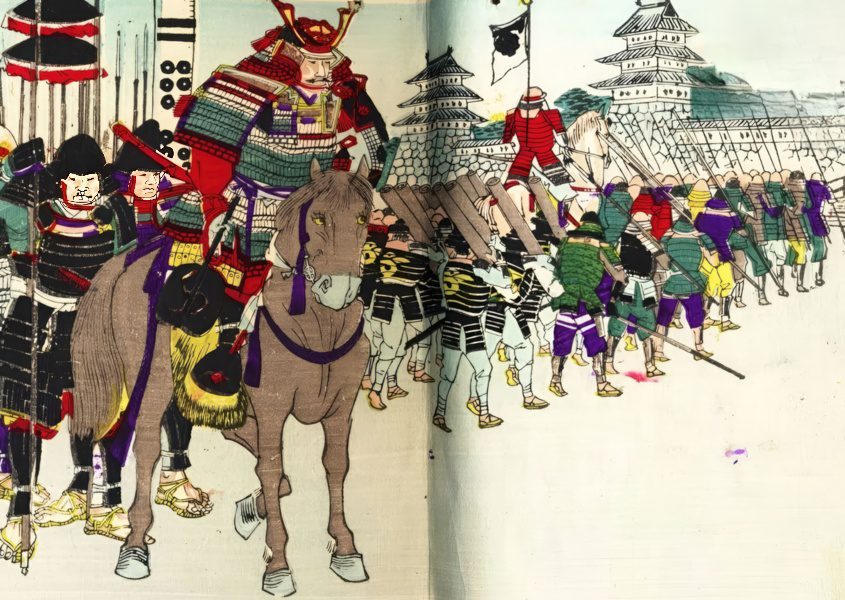
Sanada Yukimura, or Sanada Nobushige, was a warrior and an exemplar of the samurai code. In his service to Toyotomi Hideyoshi, he quickly rose through the ranks due to his bravery and skill especially in the Imjin War in Korea, marking him as the “number one warrior in Japan”.
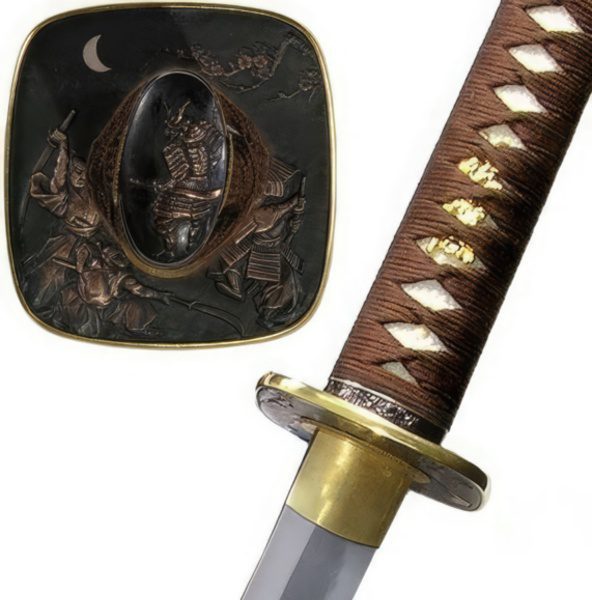
He has one of the most unforgettable final stands, defending Osaka Castle to his last breath. His heroic actions during this conflict included defending the gates and nearly killing the enemy leader in a last-ditch charge.
2. Oda Nobunaga (1534 – 1582)
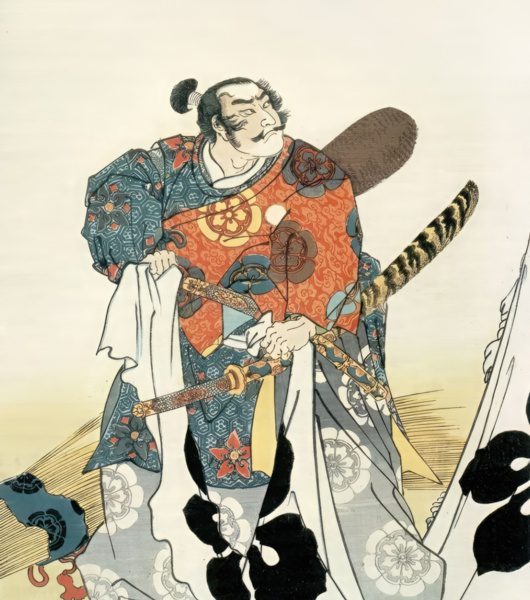
Oda Nobunaga is one of the greatest samurai and a key unifier of Japan. Despite facing challenging circumstances, he managed to overcome them all using his samurai code and bravery.
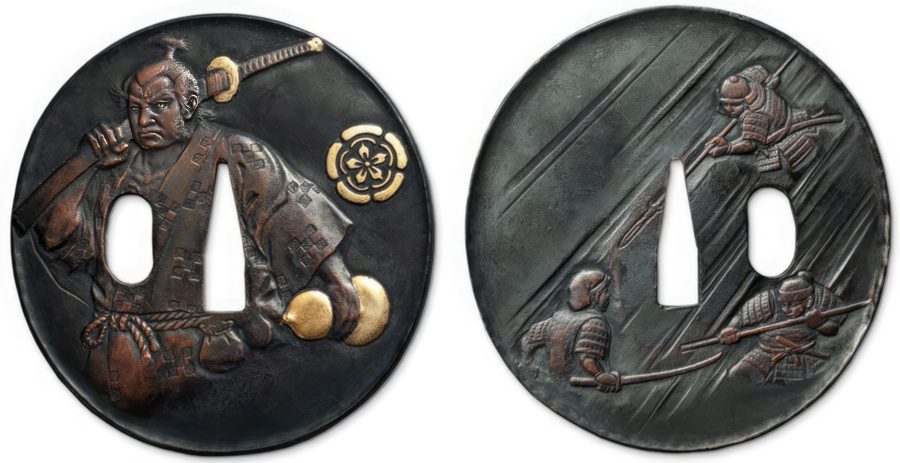
Oda’s tactics and willingness to take on any battle headfirst revolutionized the landscape of samurai warfare. Having escaped death and secured victories in battles such as Okehazama and Nagashino, he rose to power and shaped the future of Japan.
1. Miyamoto Musashi (1584 – 1645)
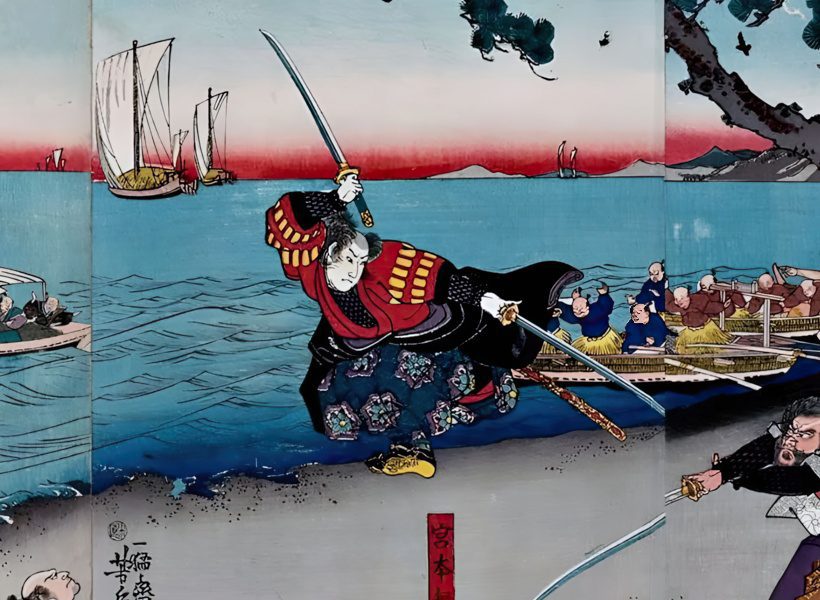
Miyamoto Musashi is perhaps the most famous samurai in history, known for his unmatched dueling skills and philosophical writings. He upheld the bushido code and practiced martial arts from a young age, winning his first duel at the age of 13.
Living as a ronin—a wandering masterless samurai, he traveled across Japan and engaged in over 60 duels. Remaining undefeated throughout including his famous duel against Sasaki Kojiro, he became a legendary figure even in modern media today.
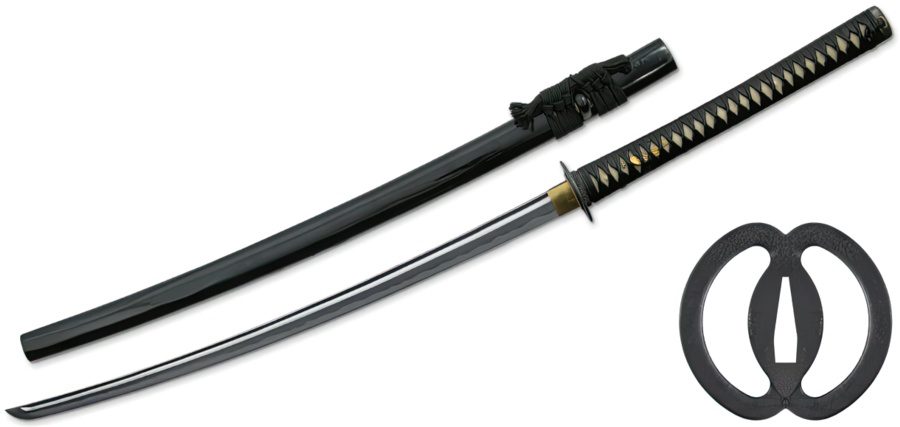
After his life of dueling, he entered the service of a daimyo and led successful battles such as the Battle of Sekigahara, the Battle of Osaka, and the Shimabara Rebellion, where he was revered as a military strategist.
